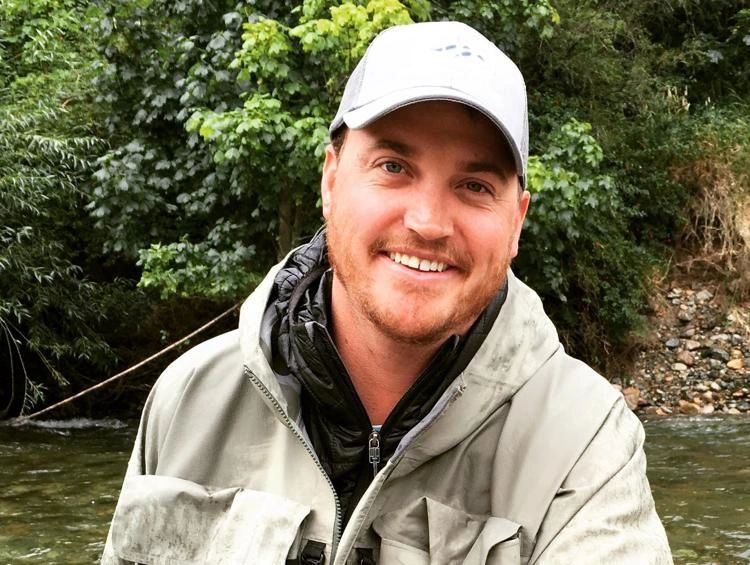
By Dan Bailey Guest Columnist, January 4, 2020 Bozeman Daily Chronicle
The New Year and start of a new decade opens opportunities for not just yearlong goal-setting but creating a larger vision for the future. Within Montana, the new decade brings a chance to create an expanded vision and commitment to the safety of drivers and wildlife on the roadways.
During the last decade, the National Parks Conservation Association worked within Montana to expand habitat access for Yellowstone pronghorn as they migrate to and from the park. By partnering with private landowners and public land managers, and working alongside volunteers, we removed or modified dozens of miles of fences that previously blocked the animals from reaching winter habitat and other herds in the region. In many cases, the simple act of spending a morning removing old fencing opened migration corridors that blocked Yellowstone pronghorn for more than a century. While this work continues, our larger vision includes a future where roadways are no longer a barrier for migrating pronghorn and provide safer passage for wildlife and drivers.
Wildlife-vehicle collisions are a significant threat to human safety and the health of wildlife and their connections to habitat in Montana and across the country. And the numbers are striking. The Federal Highway Administration reports more than 26,000 human injuries and over 200 human deaths occur from the one to two million large animal-vehicle collisions around the country each year. Such collisions cost $8 billion annually to taxpayers and does not include the value of our lost wildlife.
Montana continues to rank second in the country for wildlife and vehicle collisions, with a likelihood of one in 48.
The impacts of wildlife vehicle collisions and the safety of both the public and animals are growing concerns for many of us in Montana, including those who live, work and recreate within and adjacent to Yellowstone National Park. Nearly half of the vehicle collisions along US 89 between Gardiner and Livingston on the way to Yellowstone involve wildlife.
Recognizing these communities’ concerns, a little more than a year ago Gov. Bullock convened the first Montana Wildlife and Transportation Summit. The gathering brought together officials from Montana Department of Transportation, Montana Fish, Wildlife and Parks along with local, federal, and tribal governments, non-profit organizations, and scientists to address wildlife-vehicle collisions in Montana. The summit led to a commitment to work together to reduce this threat, and the development of strategies to reduce animal-vehicle collisions and protect wildlife and their movement across state highways.
Beyond Montana, there is increasing momentum for innovative, community-driven solutions to address the safety and wildlife concerns related to collisions. Wyoming most recently secured a $14.5 million dollar grant from the U.S. Department of Transportation for wildlife underpasses along a critical mule deer corridor in the western part of the state. And in Teton County, residents recently voted overwhelmingly to fund wildlife crossings to the tune of $10 million through their first Specific Purpose Excise Tax.
On a national scale, members of Congress have also prioritized this issue, with a Senate bill on surface transportation and infrastructure that includes new funding for a pilot program to encourage innovative solutions to reduce wildlife-vehicle collisions. The funding would be available to states, tribes, local governments, foundations, regional transportation authorities, universities and many other eligible entities. The legislation also requires 60% of the funding to support projects in rural areas, such as the Paradise Valley and other Montana communities. The bill passed the Senate Environment and Public Works Committee, chaired by Wyoming’s Sen. Barrasso, unanimously. Now, the House Transportation and Infrastructure Committee is working on their own bill, which will hopefully include similar wildlife-vehicle collision funding.
As Montana builds its vision and commitment to reduce wildlife-vehicle collisions, there is no better time for Montana’s Congressional delegation of Rep. Gianforte and Sens. Daines and Tester to support the federal surface transportation bill. Studies have shown up to an 80% or greater success rate in reducing such conflicts when systems such as wildlife underpasses and overpasses are used. Montanans are building a vision for safer roadways for drivers and wildlife alike. The federal transportation bill is a way forward to making this vision a reality.
Dan Bailey is the Yellowstone Program Manager for the National Parks Conservation Association

